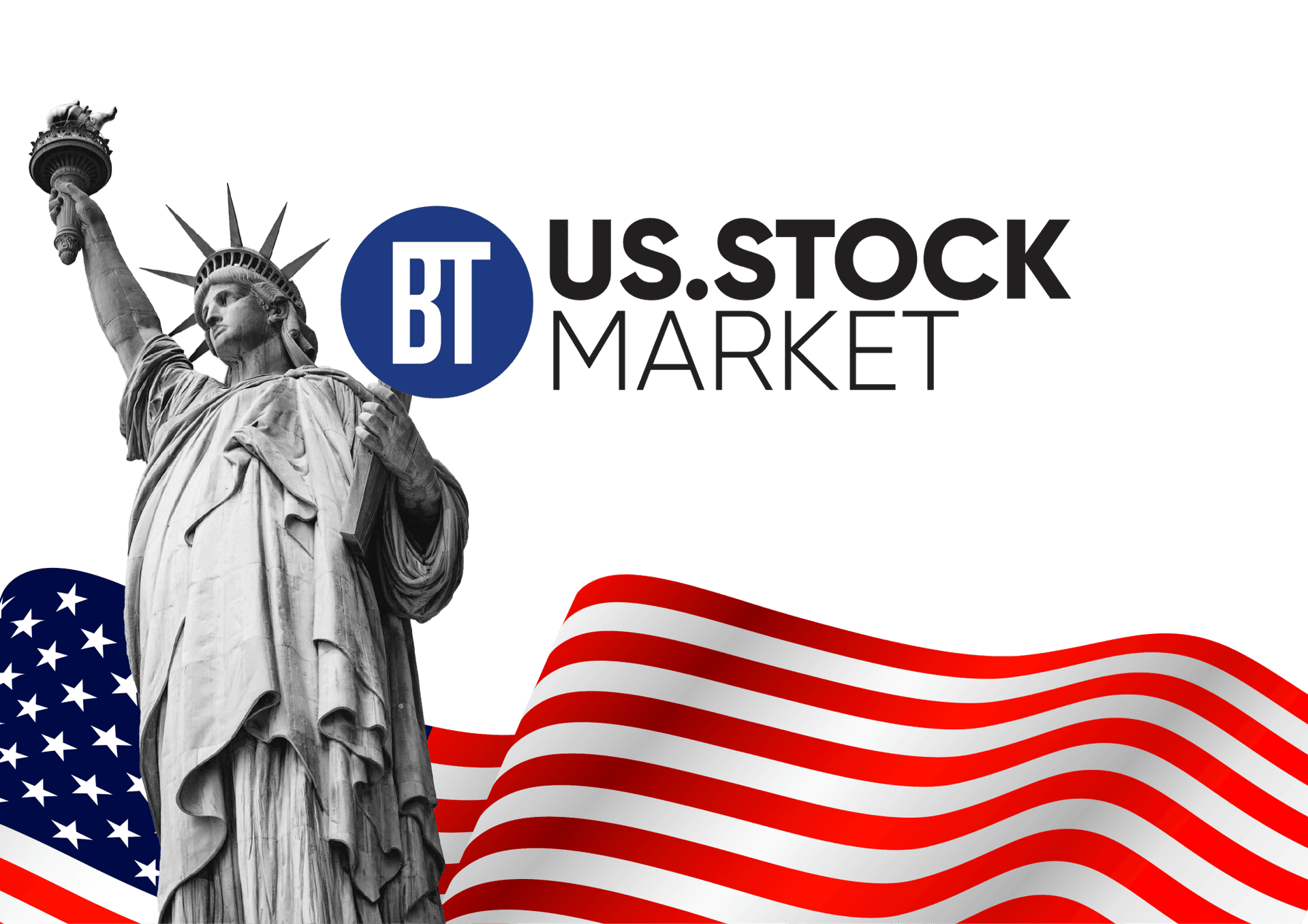Stocks surge as market prices in higher odds of Fed rate cut in December
U.S. stocks jumped sharply on November 25, 2025, with the Dow rising about 660 points as investors reacted to data and commentary that lifted expectations of a Federal Reserve interest rate cut next month. The move mattered because lower policy rates would reduce borrowing costs across the economy, reshape sector leadership and influence the outlook for corporate profits and inflation.

Equity markets rallied decisively on November 25, led by a roughly 660 point gain in the Dow Jones Industrial Average, as investors responded to softer economic readings and commentary that pushed up the probability of a Federal Reserve rate cut in December. The S&P 500 and Nasdaq also advanced, supported by easing Treasury yields and renewed appetite for assets that benefit from lower interest rates.
Trading that day reflected a rapid reassessment of monetary policy risk. Treasury yields fell, reversing some of the repricing that had elevated borrowing costs earlier in the autumn. Softer economic indicators reinforced the view among traders and money managers that the Fed will have room to loosen policy to sustain growth and ease financial conditions. That shift prompted an immediate reweighting of portfolios toward rate sensitive sectors and growth stocks, which can gain from a lower discount rate applied to future earnings.
The market move underscored the tight linkage between economic data, Fed communication and asset prices. With inflation showing signs of gradual deceleration earlier in the quarter and labor market momentum cooling from its summer peak, investors interpreted recent signals as increasing the central bank's flexibility. Lower short term rates would lower financing costs for firms and households, potentially supporting corporate investment and consumer durable spending but also narrowing the distribution of returns across the economy.
Sector rotation was evident during the rally. Financial firms typically benefit from higher spreads but can be hurt by falling yields that compress net interest margins. Conversely, real estate investment trusts, utilities and long duration technology companies tend to perform better when rates decline because borrowing costs fall and discounted cash flows become more valuable. Market breadth improved as smaller capitalization stocks joined the advance, reflecting an equity market that is recalibrating expectations for earnings growth and discount rates.

Policy implications are significant. A December rate cut would mark a shift from the Fed's tightening campaign earlier in the year and would be aimed at striking a balance between supporting demand and keeping inflation on a downward path. For policymakers, the trade off is a familiar one, where stimulus can sustain expansion but may complicate the exit if inflation reaccelerates. Investors will watch upcoming data on consumer spending, payrolls and the personal consumption expenditures price index for further evidence on the Fed's timing and magnitude.
Looking further ahead, this episode highlights a broader trend in 2025 toward greater sensitivity of financial markets to marginal changes in inflation and labor data. If the Fed does move to ease policy, the longer term dynamic will be whether lower rates can sustain a soft landing without reigniting inflationary pressures. For now, the market response on November 25 revealed investors prepared to reward the prospect of easier financial conditions, while remaining attentive to subsequent data that will ultimately define the course of monetary policy.


